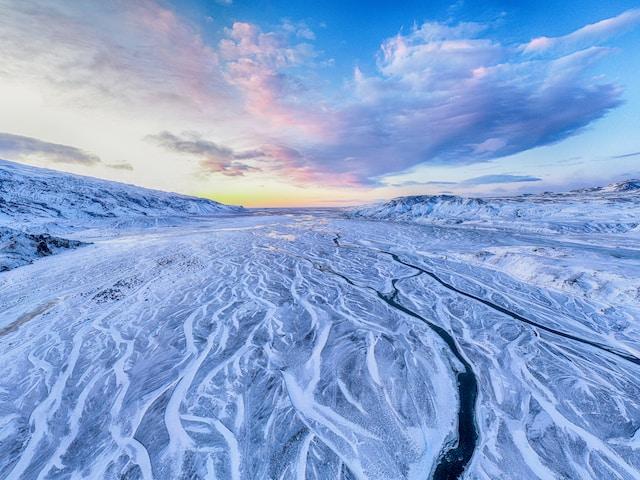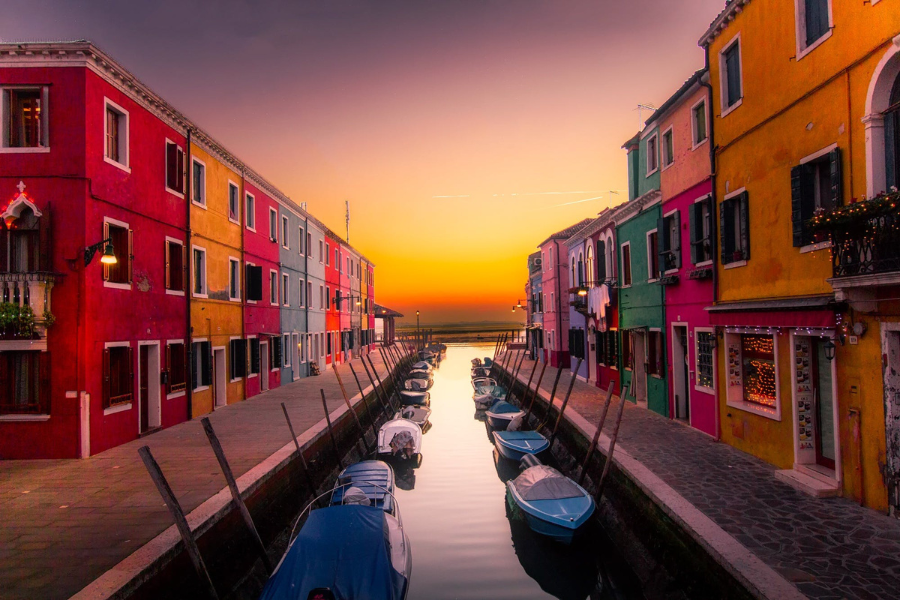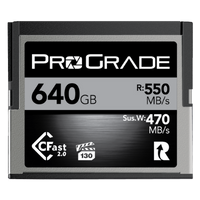The impact of HDR Photography on the industry is profound and continues to gain momentum, stirring a mix of excitement, exploration, and a fair share of controversy among photography professionals. This article will dive into the world of HDR photography and explore its influence on the industry.

Introduction: HDR Photography — A Game-Changer
HDR, or High Dynamic Range photography, is revolutionizing the way we capture and view images. This technique, which involves combining several shots of the same scene at different exposure levels, has significantly broadened the scope of photographic possibilities. The rise of HDR photography is attributed to its unique ability to accentuate details, enhance contrast, and produce vibrant colors that far exceed the capabilities of traditional photography methods.
Decoding HDR: Understanding High Dynamic Range
To truly appreciate the impact of HDR Photography on the industry, it’s essential to first understand the technology behind it. At its core, ‘Dynamic Range’ is the difference between the lightest light and darkest dark which can be seen in a photo. When ‘High Dynamic Range’ is applied, the span becomes even broader. The photographer captures the same scene multiple times at different exposure levels — known as bracketing. The result is a set of photos, each emphasizing different parts of the scene’s overall brightness range.
HDR photography software is then used to combine these images into one. The final product is a single photo that shows the broadest range of colors and brightness levels that the human eye can perceive. This process, known as tone mapping, gives HDR images their distinctive, hyper-realistic look.
HDR’s advantages are numerous. It allows photographers to accurately represent scenes with a high dynamic range of brightness, such as sunsets or interior shots with bright windows. Moreover, it’s an artistic tool, enabling the creation of images that are striking and full of detail. These benefits have led to the widespread adoption of HDR in various sectors, from advertising and real estate to landscape and fine art photography. The impact of HDR Photography on the industry has subsequently been massive, changing the way images are captured, processed, and viewed.

Journey Through Time: The Evolution of HDR Techniques
While HDR’s prominence in the digital era is undeniable, the concept of capturing a high range of light and dark details has been part of photography since its inception. The origins of HDR techniques can be traced back to the mid-19th century, during the early days of film photography. Pioneers like Gustave Le Gray experimented with ‘combination printing,’ a process akin to modern HDR where differently exposed negatives of sea and sky were merged into one print to balance the exposure.
The advent of digital technology in the late 20th century brought with it radical changes, making HDR techniques more accessible and efficient. With digital cameras and advanced software, photographers could capture and process HDR images with greater ease and precision. Greg Ward’s Radiance software in the 1980s marked a significant milestone in this journey, revolutionizing the way HDR images were processed and viewed.
In the past decade, HDR photography has seen further enhancements. Modern-day HDR techniques are a blend of innovative technology and refined artistry. Photographers now have at their disposal advanced digital cameras capable of auto-bracketing, which automates the process of capturing the same scene at different exposure levels. Editing software such as Adobe Lightroom and Photomatix Pro have also taken HDR processing to a new level, offering features like ghost removal for handling moving subjects and advanced tone-mapping algorithms that ensure a seamless blend of exposure levels. HDR-enabled smartphones and applications are further democratizing HDR photography, making HDR techniques a mainstream tool for both amateur and professional photographers. The impact of HDR Photography on the industry has been transformative, redefining the standards of visual representation.
Reaping the Rewards: Advantages of HDR Photography
One of the most noticeable advantages of HDR Photography is its ability to bring out improved details in both highlights and shadows, rendering a more accurate and dynamic reproduction of a scene. This is particularly important in scenes with a diverse range of luminosity. For instance, a sunset scene where the sun is extremely bright and the landscape is cast in shadows. A traditional photograph would either render the sun well and leave the landscape underexposed, or expose the landscape properly and overexpose the sun. However, with HDR techniques, photographers can capture the entire range of light in the scene, ensuring that both the sun and the landscape are perfectly exposed.
Additionally, HDR photography offers a level of creativity and flexibility that transcends the boundaries of traditional photography. It empowers photographers to express their artistic vision in distinctive ways, creating images with a surreal, hyper-realistic, or even fantastical aesthetic. This has opened up a new realm of exploration for photographers, allowing them to experiment with different exposure levels, tone mapping settings, and processing techniques to create unique and captivating images.
Lastly, the widespread adoption of HDR photography in various fields is a testament to its versatility. For instance, in real estate photography, HDR techniques are used to capture interior shots with bright windows without losing detail in either the interior or the exterior. Similarly, in landscape and fine art photography, HDR allows photographers to convey the grandeur and complexity of a scene in a way that traditional photography techniques cannot. Despite the controversies and debates surrounding its use, the impact of HDR Photography on the industry is undeniable, driving innovation and expanding the horizons of what is possible in photography.

From Real Estate to Magazines: Diverse Applications of HDR
The application of HDR photography in the real estate sector has been nothing short of revolutionary. By perfectly balancing the exposure in both interior and exterior scenes, real estate photographers can showcase properties in their best light, literally and figuratively. This is particularly important when photographing interiors with bright windows, a challenging situation that often results in overexposed exteriors or underexposed interiors in traditional photographs. HDR compensates for these imbalances, ensuring that every detail, from the rich textures of the interior decor to the breathtaking views from the window, is impeccably captured. This has proven instrumental in enhancing the visual appeal of property listings, thereby aiding in quicker sales and better prices.
In the advertising industry, the hyper-realistic and eye-catching aesthetic of HDR photographs has found a significant place. Marketers leverage the enhanced detail, depth, and color accuracy of HDR images to create compelling visual narratives that drive consumer engagement and product sales. For instance, automotive advertisers often utilize HDR techniques to highlight the intricate details and lustrous finishes of vehicles, creating a sense of allure and desire that traditional photographs may struggle to achieve.
Travel and nature photography, too, has been deeply influenced by the advent of HDR. The ability to accurately represent the diverse range of light and dark areas in outdoor scenes has enabled photographers to create stunningly vibrant and detailed visuals of landscapes, wildlife, and natural phenomena. From the subtle hues of a sunrise to the dramatic contrasts of a mountain range, HDR brings every element of a scene to life, making viewers feel like they are part of the journey.

Crafting the Magic: Essential HDR Tools & Software
To create breathtaking HDR visuals, it’s essential to have the right software. Two key components are Photomatix and Adobe Photoshop. Photomatix is a specialized HDR processing software that offers a wide range of features specifically designed for HDR photography. It enables photographers to merge multiple exposure-bracketed images into one HDR image, adjust tone mapping settings to control the intensity of the HDR effect, and remove ‘ghosts’ or anomalies caused by moving subjects. Photomatix is lauded for its user-friendly interface, dynamic range of presets, and fine-grained controls, making it a go-to choice for many HDR enthusiasts.
Adobe Photoshop, a staple in digital image editing, also offers HDR processing capabilities. Its HDR Pro feature allows photographers to blend multiple images with different exposure levels to create a single HDR photograph. Coupled with Photoshop’s comprehensive suite of editing tools, photographers can refine the HDR effect to align with their creative vision, adjusting aspects like luminosity, contrast, saturation, and detail. The flexibility and precision offered by Photoshop make it an invaluable asset for HDR photographers. Whether you’re a novice exploring HDR techniques or a seasoned professional seeking to push the creative boundaries, these tools serve as enablers, transforming your vision into a tangible work of art.
Apart from Photomatix and Adobe Photoshop, a variety of other software options are available for HDR processing. Aurora HDR is a powerful tool developed by Skylum, renowned for its advanced tone-mapping technology and user-friendly interface. It offers a diverse suite of HDR-specific features, such as HDR Denoise and HDR Clarity, which help create stunningly realistic or artistically stylized images. EasyHDR is another reliable choice, particularly favored for its effective handling of ghosting and noise reduction. For enthusiasts seeking a free alternative, Luminance HDR provides a range of functionalities to get started with HDR photography. Each of these software options brings unique capabilities to the table, catering to different needs and skill levels in the HDR photography realm.
Debates and Divergence: Addressing HDR Controversies
Despite the numerous advantages and stunning visual effects it offers, HDR photography has not been without critics in the photography industry. A common critique is that HDR can lead to images appearing overly saturated, excessively sharp, or ‘unreal’. The vividness of color and depth of detail, which are often seen as benefits, can also lead to images that seem hyper-realistic or artificial to some viewers. This has sparked an ongoing debate among photographers about the authenticity and artistic value of HDR images.
In response to these concerns, advocates of HDR argue that like any other photographic technique, the outcome is highly dependent on the skill and discretion of the photographer. They suggest that overly processed HDR images are not a reflection of the technique’s flaws, but rather the misuse of it.
As HDR technology evolves and photographers become more adept at using it, the potential for achieving a balance between detail enhancement and realism in HDR images continues to increase, demonstrating the technique’s potential for continued growth within the industry.
The conversation surrounding HDR photography’s impact on the industry does not end at debates over its aesthetic. Questions about how HDR technology might devalue traditional photography skills or create an over-reliance on post-processing software also persist. However, many photographers view HDR as an additional tool in their arsenal rather than a replacement for established skills and techniques. As this dynamic continues to evolve, the impact of HDR photography on the industry is likely to remain a topic of passionate discussion and exploration.

Conclusion: HDR Photography — Changing the Industry’s Visual Landscape
HDR photography has undeniably revolutionized the photographic industry, providing photographers with additional tools to elevate the visual storytelling experience. Its capacity to reveal the nuanced beauty in high-contrast scenes has resulted in images that transcend traditional photography’s limitations. Despite the debates around its aesthetic and the implications for traditional skills, HDR’s potential for enhancing detail and color accuracy has made it an increasingly popular technique among professionals and enthusiasts alike.
Looking ahead, as HDR technology and processing software continue to evolve, the industry will likely witness further innovations and applications of this technique. Beyond its current uses in advertising, travel, real estate, and nature photography, HDR has the potential to influence all areas of visual media, from film and television to virtual reality and gaming. While the artistic merit and potential over-reliance on software will remain points of contention, HDR’s impact on the industry is a testament to the continued evolution of visual storytelling in the digital age.





